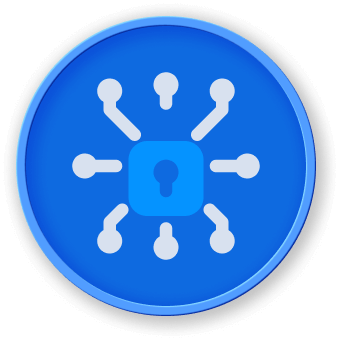Introduction
In this challenge, you'll apply your knowledge of network scanning using Nmap, a powerful and versatile tool used by cybersecurity professionals. Nmap is essential for discovering hosts, services, and potential vulnerabilities on a network. Your task is to perform a series of scans on a local network, demonstrating your understanding of Nmap's capabilities and interpreting the results.



